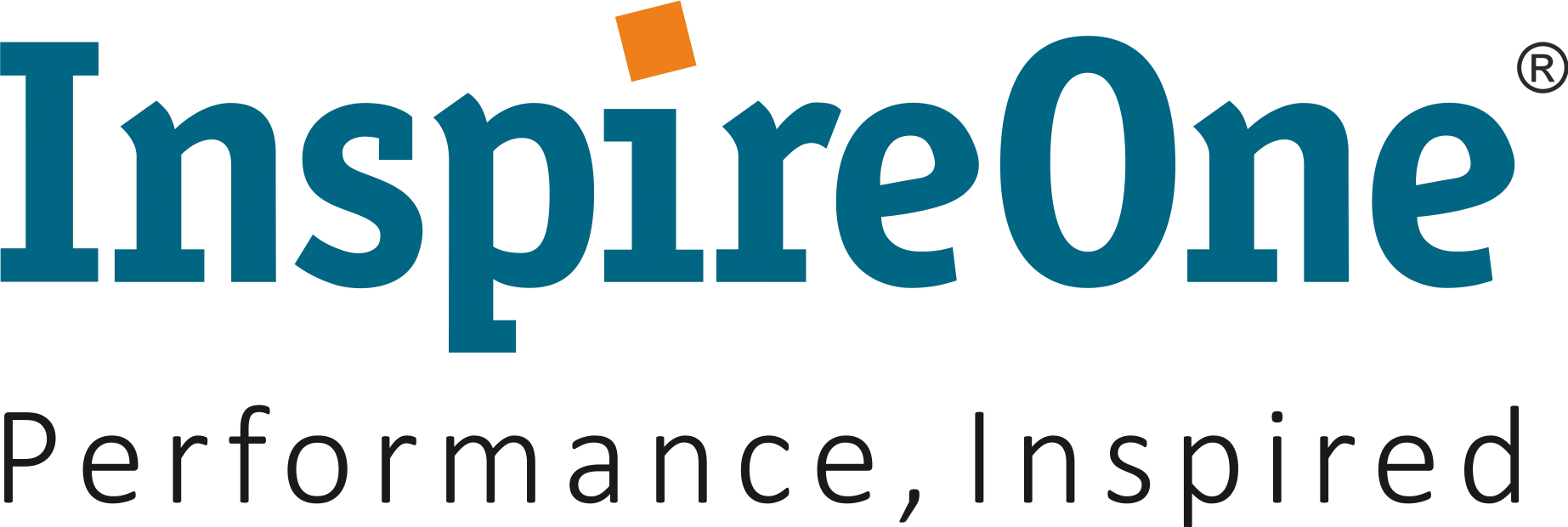The pace at which artificial intelligence is reshaping business is staggering. But alongside this tech revolution, organizations are facing a wave of human challenges: burnout, fragmented teams, information overload, and constantly shifting roles. It’s no longer enough for leaders to just keep up with technology; they must guide people through it.
According to the latest Global Leadership Development Study by Harvard Business Impact, five leadership capabilities have emerged as the most critical to meet today’s business needs: demonstrating emotional and social intelligence, managing polarization in the workplace, synthesizing and interpreting complex information, leading change and transformation, and increasing AI-related skills and knowledge. Each of these is vital for navigating the tension between continuity and change, humans and machines, empathy and efficiency.
1. Demonstrating Emotional and Social Intelligence
Emotional intelligence is the ability to understand and manage your emotions, as well as recognize and influence the emotions of those around you. As technology becomes more prevalent in everyday operations, it’s the human side of leadership that’s becoming a true differentiator. Emotional and social intelligence allows leaders to connect authentically, inspire trust, and respond to stress with composure and empathy. In high-stakes, high-speed environments, teams look to leaders not just for direction but for reassurance and psychological safety. According to Harvard Business School, 71 percent of employers value emotional intelligence more than technical skills when evaluating candidates.
Leaders today must be emotionally agile, which means they should be able to manage their own emotions while being attuned to those of others. Emotional intelligence is thus important to build cultures where individuals feel seen, heard, and valued, even amid pressure and change.
2. Managing Polarization in the Workplace
Today’s workplaces are more diverse and more divided than ever. With hybrid work, generational clashes, and ethical debates around AI, leaders are navigating more ideological fault lines than before. In such a scenario, conflict has become an inescapable part of work life for employees at all levels. A Harvard Business Review survey found that 89% of respondents from a wide range of companies and industries reported experiencing it at work to some degree. They spend about 3.5 hours a week, on average, dealing with it.
Effectively managing conflict is now a core part of leading in polarized environments, where the challenge is not just resolution but navigating deeper divides. It’s about fostering open dialogue, acknowledging different viewpoints, and still keeping people aligned. Leaders need to be comfortable with complexity, willing to sit with disagreement, and skilled at creating cohesion without forcing conformity. In a polarized world, the ability to hold space for nuance is a core leadership skill.
3. Synthesizing and Interpreting Complex Information
Information is everywhere, but clarity is rare. Leaders are constantly flooded with dashboards, customer insights, shifting regulations, and global market movements. But it’s not the volume of information that sets great leaders apart; it’s their ability to cut through the noise, focus on what matters, and act with intent. That’s the essence of strategic thinking: filtering complexity, connecting the dots, and turning data into clear, actionable priorities.
The need is obvious. In one HBR study of 10,000 senior leaders, 97% said strategic thinking was the behavior most critical to their organization’s success. And yet, 96% of those same leaders admitted they don’t have enough time for it. When strategic thinking gets sidelined, leaders risk reacting to the moment instead of shaping the future. It is thus imperative for leadership development initiatives to focus on building this critical capability.
4. Leading Change and Transformation
Change is no longer a planned, occasional disruption. Today, change is a constant, and transformation is the norm. Leaders must do more than manage transitions; they must act as catalysts. This means not only responding to change but actively leading it, which involves setting vision, building buy-in, and navigating resistance. A McKinsey survey revealed that only 31 percent of leaders feel they are ready to meet the challenges associated with disruptive change.
Successful change leadership requires emotional resilience, strategic storytelling, and the ability to energize others around a new direction. It involves understanding the human side of transformation, how it affects identity, routines, and confidence, and helping people move through it with purpose.
5. Increasing AI-Related Skills and Knowledge
The integration of AI into business processes has moved from experimentation to expectation. Leaders don’t need to become technical experts, but they must become AI-literate. Equally important is knowing when to trust the machine and when to trust human instinct. That means understanding what AI can (and cannot) do, where it creates value, how to use it ethically, and how to support teams in using it effectively. Workday’s global study, Elevating Human Potential: The AI Skills Revolution, surveyed 2,500 workers across 22 countries and found that 93% believe that AI lets them focus on higher-level responsibilities such as strategy and problem-solving. Thus, leaders who are AI-aware will be best positioned to lead innovation, make informed decisions, and shape responsible digital strategies.
One Journey That Builds All Five
These five capabilities are not isolated competencies; they are deeply interconnected and foundational for navigating the future of work. AGILead, a comprehensive leadership development journey for high-potential middle managers, is designed to build precisely these capabilities. It combines in-depth behavioral assessments to foster self-awareness, experiential workshops that simulate real-world challenges, targeted modules on AI fluency and decision-making, and action-oriented assignments that help apply learning on the job. By addressing both the emotional and analytical demands of leadership today, AGILead ensures participants not only build individual skills but also integrate them into a cohesive leadership mindset, one that is prepared not just to respond to the future but to lead it actively.
As the demands on leadership grow more complex, investing in these capabilities is no longer a luxury. It’s a necessity for any organization serious about thriving in 2025 and beyond.
References:
- https://online.hbs.edu/blog/post/emotional-intelligence-in-leadership
- https://hbr.org/2022/03/managing-a-polarized-workforce
- https://hbr.org/2018/06/if-strategy-is-so-important-why-dont-we-make-time-for-it
- https://www.mckinsey.com/industries/industrials-and-electronics/our-insights/resilience-during-uncertainty-what-industrial-leaders-must-know
- https://ailiteracy.institute/ai-literacy-review-march-11 2025/#:~:text=Workday’s%20global%20study%20Elevating%20Human,higher%2Dlevel%20responsibilities%20such%20as







